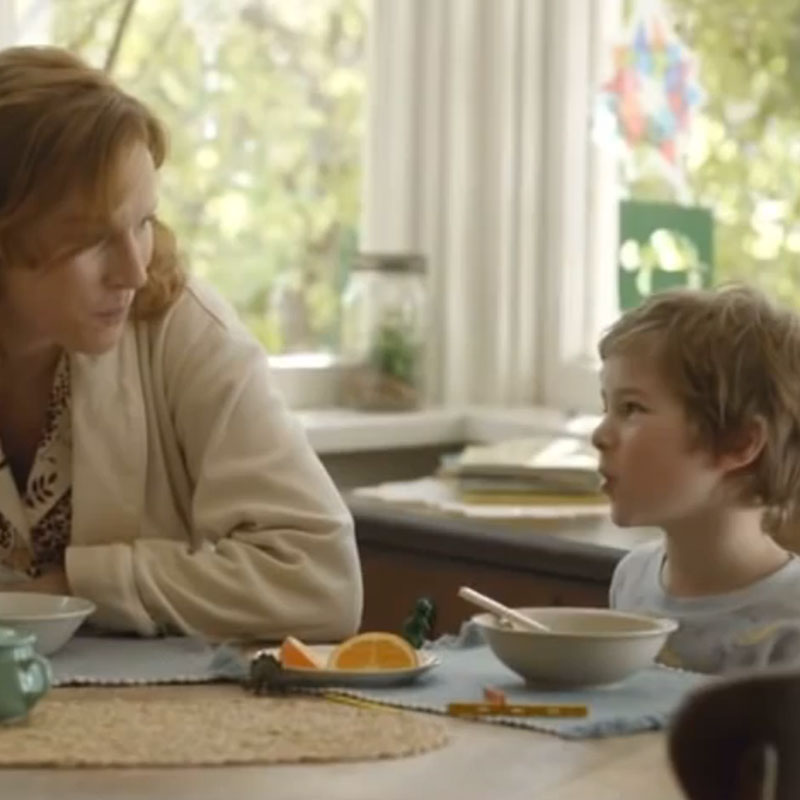Not having a TV, I can’t say I’ve noticed the trend of advertisements that peddle products by pulling heartstrings, by creating 30-second weepies, but I’m certainly familiar the “inspirational” viral video and/or story made everpresent by odious sites like Upworthy and its clusterfuck cousin the Huffington Post. Even Gawker, famous for sarcasm and irony, has traveled down this well-paid road.
Apparently, this illusion of connectedness we’ve accepted, the Truman Show we’ve entered into, isn’t as fulfilling as we’d hoped, it hasn’t delivered to us quickly and easily the fulfillment that only comes with great effort, which means that there are profits to be made in selling “feelings” that can fill the void. Give the emoticon some more emotions. Except, of course, that it’s just another false promise. From “The Rise of Sadvertising,” by Rae Ann Fera at Fast Company:
“If human emotions are complex, so are advertising zeitgeists; there’s not one single reason that this tendency has found fashion at this particular moment. In a broad context, much of the trend can be attributed to technology, says [180 chief creative officer William] Gelner.
‘I think that we live such digitally switched-on, always-plugged-in lives, and yet we still also somehow feel disconnected from people. As human beings, we’re looking for true human connection, and I think that emotional storytelling can help bridge that gap. Brands and agencies have come to realize that this is a way to fill that void,’ says Gelner. Upworthy, he says, is a good analogy to the phenomenon in that its success comes from its ability to fill a cultural need. When asked whether this search for meaning has also granted people permission to be more open about their outward reactions to emotional ads, he says, ‘I think that emotional stories have been around for a long time. I’m sure people have always shed a tear or two, but the difference is they didn’t have their TVs in their pockets. I think it’s connected to that. You’re now able to consume those stories no matter where you are.’
Peter Moore Smith, ECD at Saatchi & Saatchi, also pegs the desire to share the content that we connect with as a major reason more brands are interested in playing to the heart. He’s had viral hits with Duracell ‘Trust Your Power’ and Cheerios ‘Nana’ and says this ability to see how well work spreads is appealing to clients.
‘I believe the rise in emotional work is because advertising that evokes a strong emotional response is very shareable. The spot that makes you smile or even laugh can be a welcome interruption if it’s done well, but the spot that makes you feel something deeper, as long as it isn’t cloying or manipulative, is something you want to share,’ he says. ‘As agencies and clients watch those likes and shares rise, naturally they’re going to want more.'”

